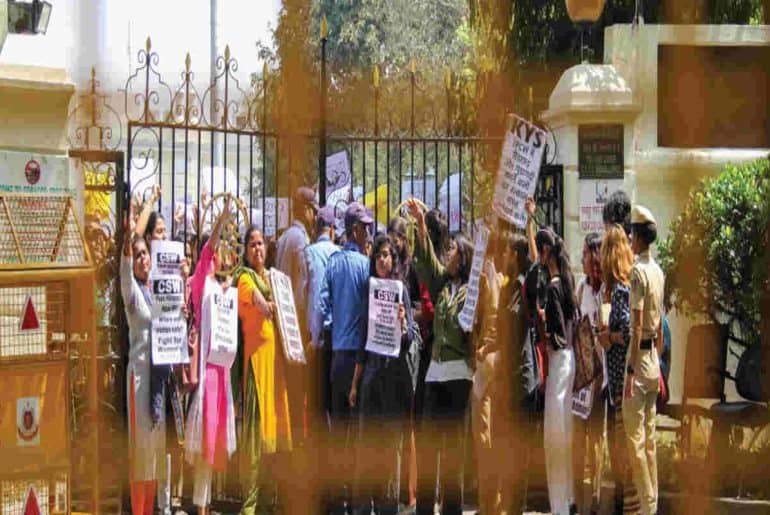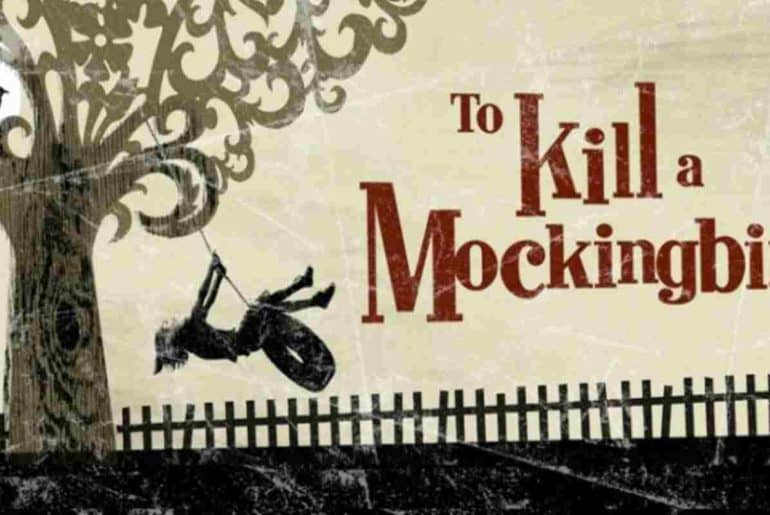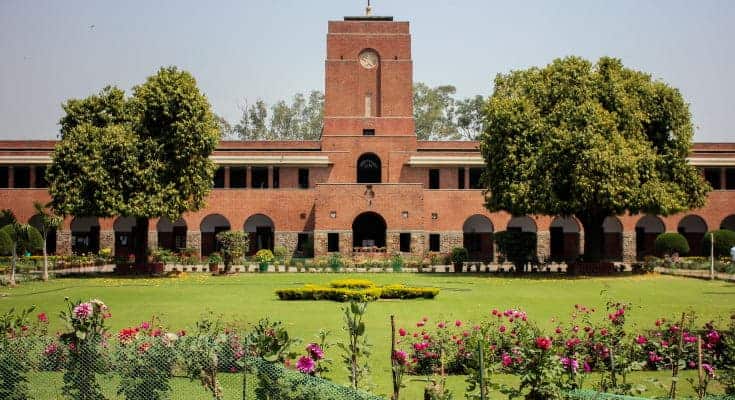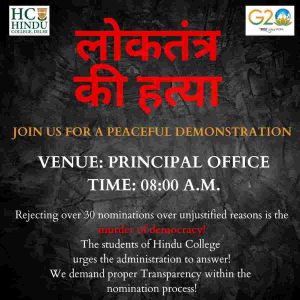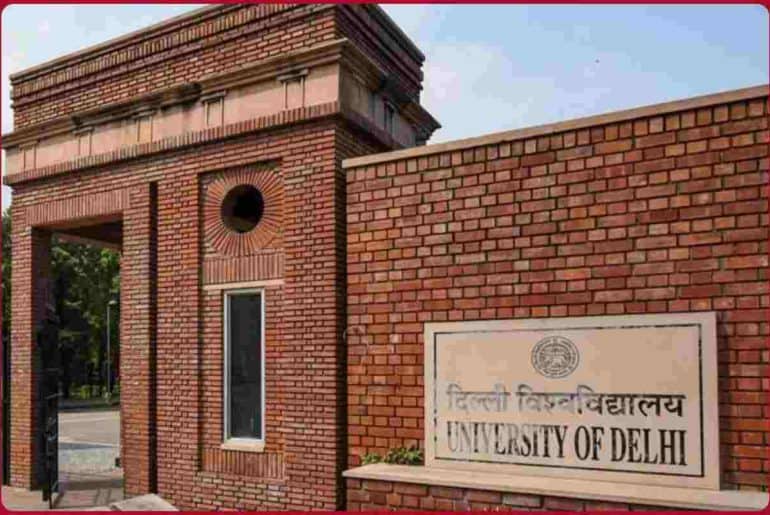The High Court (HC) ruled in favour of the petitioner and stated that the University could not unfairly reject admissions of deserving students because of the inconsistency in its own information bulletin.
In a recent ruling, the Delhi High Court called out the University of Delhi for arbitrarily cancelling a student’s enrollment. The case goes back to the previous term, 2022–23, when a student was denied admission to Kirori Mal College (KMC) in the B.A. Hons Geography programme offered by Delhi University (DU) on the grounds of “non-fulfilment of subject mapping criteria.”
Since last year, admissions to many central universities, including Delhi University (DU), have taken place through the Common University Entrance Test (CUET) (UG)-2022. The eligibility criteria require passing class XII from a recognised board and adhering to programme-specific requirements. In this case, the petitioner opted for English, Hindi, Geography/Geology, History, and Political Science, deviating from specific subject requirements for B.A. (Hons.) Geography.
However, the CUET allowed for flexibility if an individual Central University permitted it and The petitioner argued that, in the absence of ‘English Literature’ as a CUET subject, he opted for ‘History,’ which he considered the closest match to his prior studies. According to Clause 4 of the University’s information bulletin, the student was offered this flexibility.
After the results were announced, the petitioner was allotted a seat in the B.A. Hons Geography programme at Kirori Mal College on October 19, 2022. The seat was accepted by the student, but the University later cancelled his admission, citing “non-fulfilment of subject mapping criteria.”. This lead to a legal dispute.
The University of Delhi challenged the petitioner’s eligibility based on the subjects chosen in CUET. This case was previously presented to a single judge bench presided over by Justice Vikas Mahajan, who held that the University of Delhi had arbitrarily and incorrectly cancelled the petitioner’s seat without any of the petitioner’s fault and violated the terms and conditions outlined in the Bulletin of Information. He also noted that the petitioner was a deserving and meritorious student who had made it to the merit list in the first round of admissions.
The University of Delhi was ordered to admit the petitioner into the B.A. (Hons.) Geography programme at the same institution in the academic year 2023-2024 due to the conclusion of the admission procedure for the previous year.
The single judge’s decision ordering the University to accept the student into the B.A. (Hons.) Geography programme for the academic year 2023–2024 was challenged by DU in a Letters Patent Appeal (LPA) and hence presented to the High Court.
Delhi University was represented by attorneys Mohinder J.S. Rupal, Hardik Rupal, and Sachpreet Kaur, while the respondent student was represented by advocates A. Velan, Navpreet Kaur, Nishant Bishnoi, and Mritunjay Pathak.
The appeal was to reverse the previous judgement because, as per the guidelines, the student was required to give the admission test again to get enrolled for the academic year 2023-2024. The appellant also argued that the ‘DU Exception’ did not apply in this case, and hence the judge cannot link ‘English Literature’ and ‘History’ as similar.
The key concerns of the court were to explore and understand the university guidelines and check whether ‘History’ could be replaced with ‘English literature’ or not. Secondly, the bench considered whether the student could actually be admitted to the term 2023–24 based on the previous judgement.
The court observed that although CUET required students to align with subjects that they took in class XIIth Examination, Clause 4 of the information bulletin permits the students to choose a subject that mirrors their preference in XIIth Board and resembles the programme they wish to pursue further, hence offering a deviation. In this situation, the student had rightly used ‘DU Exception’ with no fault of his own since the university had not released clearer instructions regarding the same. The whole injustice was caused by the ‘narrow interpretation’ of the guidelines.
The University’s denial of admission was hence unreasonable, according to the court, which also determined that the student had properly used the DU Exception. It brought to light the ambiguous criteria for using the DU Exception and the University’s constrained interpretation of its own guidelines.
Delhi University has failed to provide a cogent rationale regarding the perceived dissimilarity between ‘English Literature’ and ‘History’ and overlooked the very essence of the DU Exception. Notably, the University has neither delineated guidelines nor disseminated instructions that clarify the parameters of the DU Exception, such as defining the extent of “similarity” or “closeness” between subjects.
– Read the observations by the bench.
Regarding the second matter of reviewing the single judge’s decision to provide relief to the petitioner, the court referred to the judgement of the Hon‘ble Supreme Court of India in the case of S. Krishna Sradha v. State of Andhra Pradesh, (2020) 17 SCC 465. According to the guidelines of this landmark ruling, if a ‘meritorious’ student has been denied admission on arbitrary grounds or the breach of rules, affecting his or her rights, and has approached the court on time without any delay, he or she should be granted justice to not limit their academic journey. If he or she cannot be provided relief of admission in the present year, the court can direct such admission to the next academic year.
The bench thus favoured the student and mentioned,
The student cannot be held accountable for any delay or negligence. Being an exemplary candidate, he has been unfairly deprived of his admission due to the capricious and unwarranted decisions of the Appellant University.
The Court emphasised the importance of upholding the ideals of fairness, inclusion, and clarity in educational institutions, particularly those with the status of Delhi University. It criticised the absence of clear guidelines for applying the DU Exception, stating that this ambiguity not only leaves students in a state of uncertainty but also makes it difficult to foster clarity in rules and their uniform implementation.
Read also: Shockingly Low Admissions for New B.Tech. Courses at DU
Featured Image Credits: Google Images
Priya Agrawal
[email protected]


